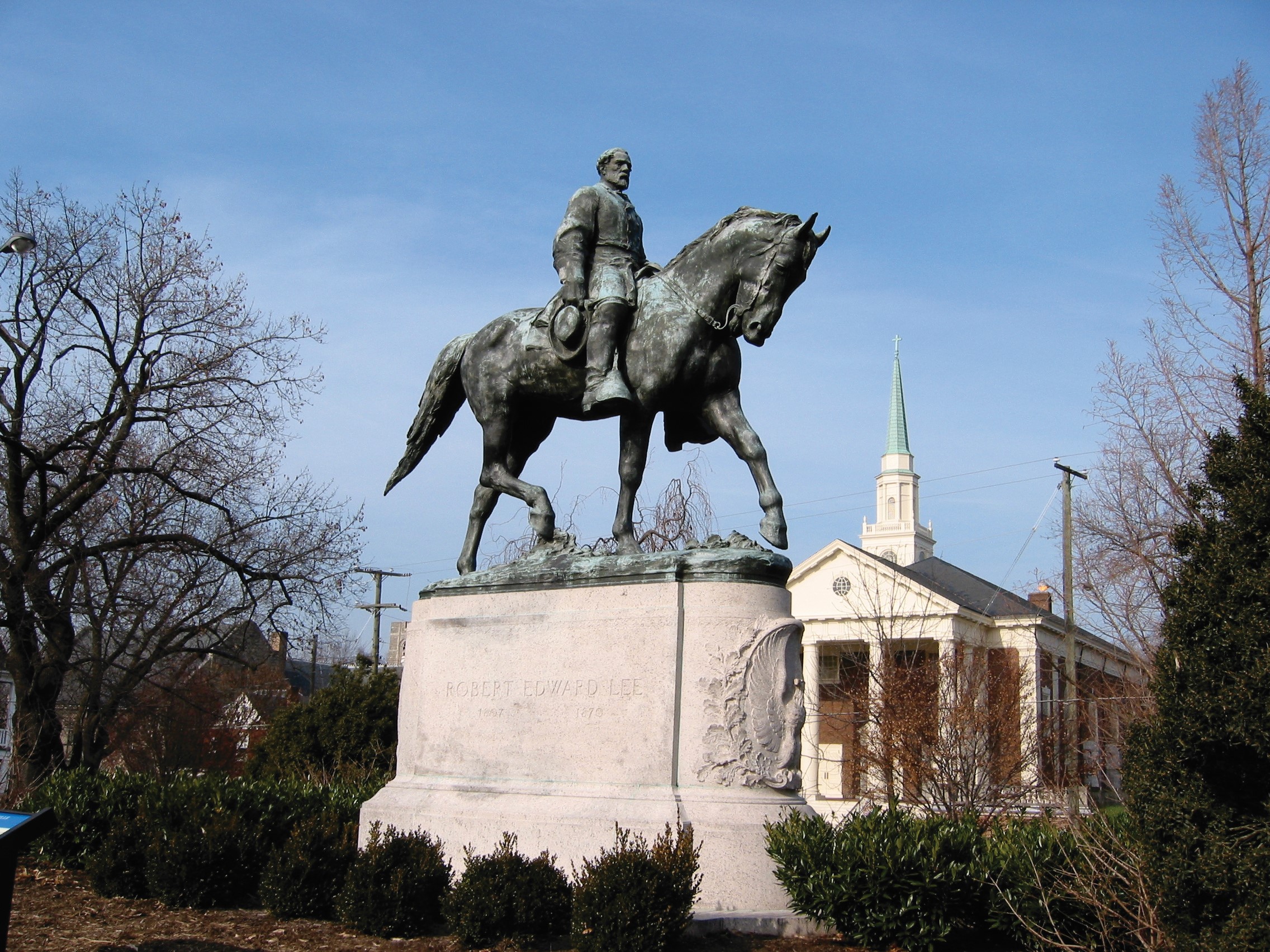Conservatives are right, we cannot forget the history of our nation and the people that influenced it but they are wrong to say that memorials, monuments, and statues proclaiming the glory of Confederates are the correct way to preserve the memory one of our country’s darkest, most shameful chapters. In recent months, the debate surrounding the removal of Confederate statues has reached a new fervor, following the murder of Heather Hyer at a rally protesting the removal of a statue of Robert E. Lee in Charlottesville, Virginia.
The removal of Confederate iconography has stirred the passions of countless right wingers, many of whom claim that the monuments serve as a reminder of the past and as a lesson to all about the history of our nation. While I believe this line of reasoning attacks a straw man and that many statue supporters’ true motivations are some combination of right-wing protectionism, nativism, and bigotry, this is beside the point. We should remember and acknowledge the Confederacy, but for what it actually was, a traitorous attempt to maintain slavery. The proper way to educate today’s Americans about the Confederacy is through rigorous discussion and stark reminders of the evil done on its behalf: not grand statues of traitors and racists on public display.
While there are numerous perspectives on what the Civil War was fought over, the simple fact remains that the Confederacy sought to maintain slavery, and the Union sought to abolish it. The motivations of the individual Confederates are unimportant, as they all fought for a nation conceived with the explicit intent and goal of perpetuating the slavery of African-Americans. In an 1861 address, Alexander Stephens, Vice-President of the Confederate States of America, speaking about the goals of the newly-formed Confederate government said, “Our new government is founded upon exactly the opposite idea [of abolitionism]; its foundations are laid, its corner- stone rests, upon the great truth that the negro is not equal to the white man; that slavery subordination to the superior race is his natural and normal condition. This, our new government, is the first, in the history of the world, based upon this great physical, philosophical, and moral truth.” The fact remains that even if an individual Confederate soldier did not fight solely to see slavery continue, he fought on behalf of men who believed that “the negro is not equal to the white man” and that slavery is a “great moral truth.” We should remember the Confederates not because they were men of conviction who fought for what they believed in, as many on the right-wing are fond of saying, but because to a man they were too bigoted, or selfish, or indifferent to even try to stop the greatest evil our nation has ever known and we cannot allow that same tragedy of moral decay to happen again.
To say that Confederates did not fight for slavery is revisionist and a logical fallacy. A soldier fights for the Confederacy, the Confederacy’s self-proclaimed cornerstone is the continuation of slavery, and therefore that man fights to continue slavery. Even Robert E. Lee, the Confederate general now held up as the picture of a gentleman fighting for state’s rights and the autonomy of the South, once described slavery as “painful discipline… necessary for [Africans] instruction as a race”. We should not have bronze statues of a man who believed that slavery was a learning experience for black Americans. If conservatives insist on public reminders of the Confederacy, replace the statues of General Lee, sitting gloriously on his war-horse, with bronze depictions of black women and children, their backs scarred from lashings, their bodies emaciated from malnutrition, and their eyes scared of what horrors will befall them next, so that people can face the ugly truth of the evil the Confederacy sought to continue.



